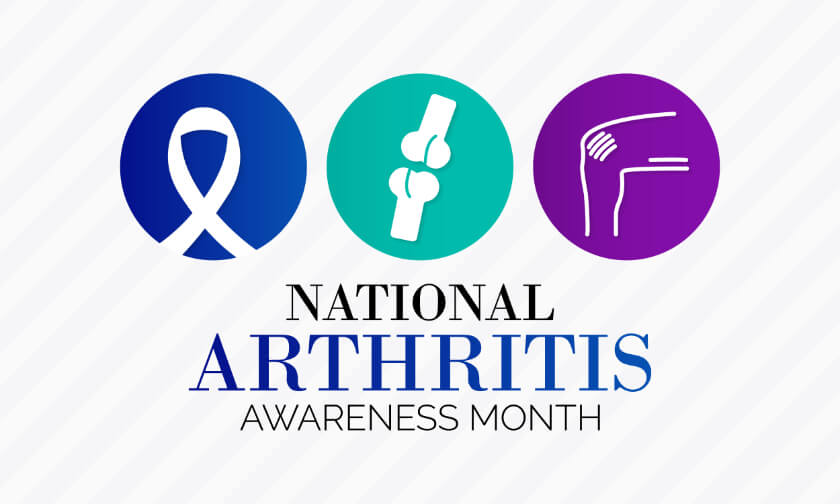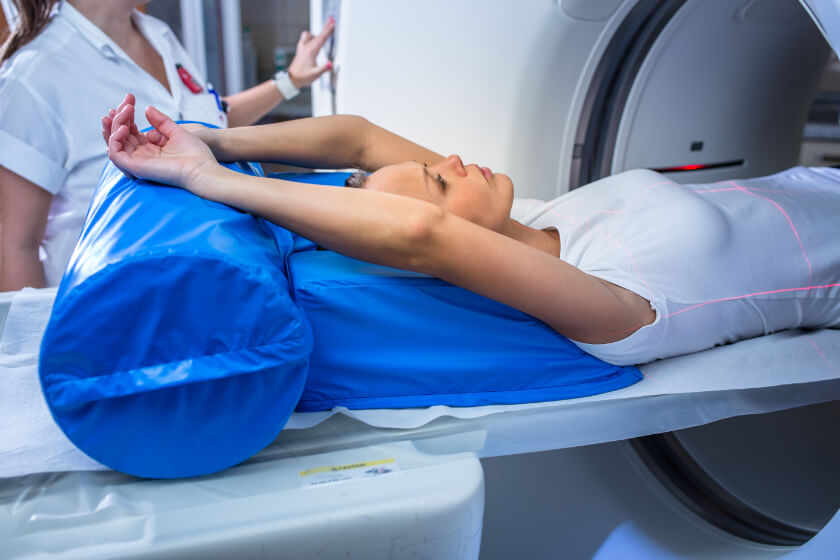
May is Arthritis Awareness Month
While arthritis is a common condition, many people have questions about the disorder. Arthritis Awareness Month creates an opportunity to learn about disorders that affect the joints. The annual observance is also a great time to share your personal experiences with arthritis, and to ask and answer questions.
Arthritis Awareness Month is a Great Time to Answer Questions about Joint Disorders
What is arthritis?
The word “arthritis” is the Greek and Latin word for “joint inflammation.”
What are the most common types of arthritis?
Arthritis is not a single disease – it is actually a group of more than 100 conditions that cause joint pain or joint disease.
Osteoarthritis
Osteoarthritis is the most common type of arthritis. It is a degenerative disease, which means it breaks down the joint, its protective cartilage, and fluid. The bones of the joint eventually rub against each other, causing intense pain.
Rheumatoid arthritis
In rheumatoid arthritis (RA), the immune system mistakes joint tissue as a foreign invader, so the body launches an attack against healthy tissue in the person’s hands, wrists, and knees. RA also causes inflammation that damages joint tissue.
This type of arthritis usually affects the joints on both sides of the body, such as both of the person’s hands or both knees. RA can also affect internal organs, such as the liver, eyes, and heart.
Psoriatic arthritis
Psoriatic arthritis (PsA) is also an autoimmune disease, which means it develops when the immune system attacks healthy tissue. PsA can affect any joint in the body, and it can affect the skin to cause painful, itchy red or silver scaly skin patches.
Arthritis isn’t that bad – or is it?
Arthritis is the #1 cause of disability in the United States, according to the Arthritis Foundation. The condition limits physical activity in about 44 percent of those who have arthritis. People with arthritis report having trouble with:
- Grasping small objects
- Reaching above their head
- Sitting or standing for 2 hours
- Lifting or carrying items weighing less than 10 pounds
- Climbing a flight of stairs without taking a break
- Pushing or pulling heavy objects
- Walking a 1/4 mile
- Stooping, bending, or kneeling
Who develops arthritis?
People of all ages, backgrounds, genders and races can develop arthritis, but some people are more likely to develop arthritis than are others. Arthritis is more common in women than it is in men, for example, and it is more common in people with fair or poor health than it is in those in very good or excellent health. Those who are physically inactive are more likely to develop arthritis, and the prevalence of arthritis increases with age.
How common is arthritis?
Nearly 1 in 4 people in the United States has doctor-diagnosed arthritis, according to the Center for Disease Control and Prevention (CDC). This means doctors have diagnosed about 58.5 million Americans with arthritis.
What are the symptoms of arthritis?
While symptoms can vary between the different types of arthritis, the most common symptoms include:
- Joint pain
- Joint stiffness
- Swelling
- Redness
- Decreased range of motion, which is how well you can move a joint
Symptoms can range from mild to severe, and can prevent you from engage in everyday activities.
How do doctors diagnose and treat arthritis?
Doctors diagnose arthritis by asking the patient about their symptoms, examining the affected area, doing blood tests, and ordering medical imaging. They look for signs of swelling, warmth and redness, and assess how well the patient moves their joints. Lab testing of blood, urine, and joint fluid can help pinpoint the type of arthritis a patient may have.
Medical imaging can help detect problems within the joints. X-rays can show the loss of cartilage and bone damage associated with arthritis, for example, and it can detect painful bone spurs. X-rays are also good for tracking the progression of arthritis.
CT scans create images of the joint from many different angles, while MRI scans can produce more-detailed cross-sectional images of the soft tissues of a joint, including its cartilage, tendons and ligaments. Ultrasound uses sound waves to create images of soft tissues, the cartilage that joins two bones to create a joint, and bursae, which are fluid-containing structures that lubricate joints. Doctors may also use ultrasound to guide needle placement when they are injecting medications into the joint or removing fluid from the joint.
Treatment for arthritis focuses on alleviating pain and stiffness, and slowing bone and tissue damage. The medications used depend largely on the type of arthritis a person has, but usually includes Nonsteroidal anti-inflammatory drugs (NSAIDs) to relieve pain and inflammation, creams and ointments that interrupt pain signals, steroids, and disease-modifying antirheumatic drugs (DMARDs) that slow the progression of arthritis.
Ways to Participate in Arthritis Awareness Month this May
Participating in Arthritis Awareness Month may be easier than you think! To bring awareness to arthritis this May, you can:
- Learn all you can about the disease
- Connect and support those who have arthritis
- Donate to the Arthritis Foundation or to other group that offers support to those with arthritis or that performs arthritis researcher
- Join or host a local event that brings awareness to arthritis or raises funds
- Post articles and memes about arthritis on social media using the hashtag #arthritis
For more information about arthritis, consult with your doctor or radiologist. Early diagnosis and treatment can help you lead a full and active life.


